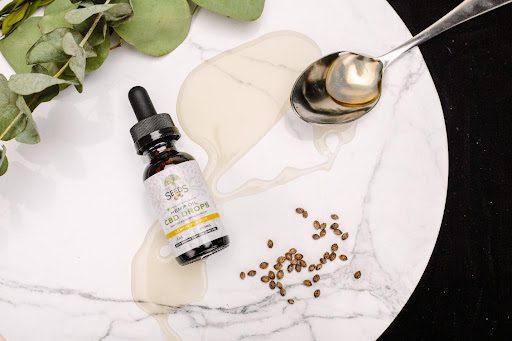
Delta 9 and K2: The Surprising History of Synthetic Cannabinoids
We live in interesting times. You’ve probably made the observation that streaming services have become borderline unaffordable for a lot of people. Once upon a time, they were an excellent alternative to cable TV, offering great selections of fan favorite movies and shows for less money. For a while, things were good. Slowly but surely, however, streaming services started becoming more complicated. One or two services became ten, and those shows, and movies were divided up in more inconvenient ways among them. Now, every network has its own streaming subscription for its own shows. Streaming services have just become Cable 2.0, and are more expensive than ever. The overwhelming response from the public has been to turn to piracy, illegally downloading the media they would have otherwise been happy to pay for.
Anyone who knows basic economics knows that there’s demand, there will be supply, and no truer is this than when it comes to recreational marijuana. The observation that marijuana is long overdue for federal legalization is a cliché at this point. Proponents and opponents alike keep beating the same drums and making the same arguments over and over again. The majority of the American people are ready for legalization of recreational marijuana on a federal level. The tired refrains of the self-appointed moral guardians of society and old guard politicians who still believe in the efficacy of the War on Drugs have forced the industry to meet consumer demands in unique and interesting ways. Much like streaming services, and to use hifi farms as an example, inaccessibility to a product the consumer wants has led to alternative methods to reach the same goal.
Enter Synthetic Cannabinoids
While the more direct analogy to streaming piracy would be the consumer buying marijuana illegally, the market for pot has responded in a way that provides a legal alternative. Enterprising companies have produced and introduced synthetic cannabinoids to the market, allowing those who want to enjoy pot in a legal way to experience similar (and, in some cases, stronger) highs to the real thing. Today, you can find synthetic cannabinoids, or synths, in specialty shops and even a few gas stations here and there. Originally, they were developed not for market, but for research into how THC binds to biological receptors in the early late 1980’s. They first hit the market in 2005, but were localized to certain European countries. They weren’t brought to the United States officially until 2008, though it’s likely they were unofficially used before then.
In 2010, the Drug Enforcement Agency started to crack down on synths, which began a long string of legal restrictions on them. As you can see here, there were plenty of health concerns surrounding synths that led to quick legal action. In 2012, President Barrack Obama signed a law called the Synthetic Drug Abuse Prevention Act of 2012, making synths illegal on a federal level. It was added to the list of Schedule 1 drugs alongside the likes of meth, heroin, bath salts, and marijuana. It remains federally illegal to this day. Additionally, several states have made them illegal on a state level as well, effectively doubling down on the restrictions to them. How, then, can you hop down to your local store or pull up your favorite website and order some Delta 9 right now? Like all things in the world of pot, it all comes down to loopholes.
Cannabis and Hemp: A Love Story

The loophole involved is both hilarious and pedantic, and comes to us courtesy of the 2018 Farm Act. The Farm Act was part of a larger effort to decriminalize and divorce hemp from its association with the illegal drug cannabis. Both hemp and cannabis come from the same plant: Cannabis sativa. In many ways, the only difference is how the plant is processed. The Farm Act allows for the legal production of hemp and hemp products, but doesn’t allow for the same kind of production of cannabis for drug use. The laws that illegalize synths only cover the chemicals and compounds that are derived from the drug cannabis, but the Farm Act effectively legalized the same synths as long as they were derived from hemp instead.
To be completely clear, the chemicals involved are the exact same. The Delta 8, 9, or 10 chemicals that can be derived from hemp are the same ones that are derived from cannabis. It’s not even a case of the chemicals being similar; they are literally the exact same chemical, now made legal because they come from a very slightly different source. The loophole is as arbitrary as they come, and will probably be closed one day if marijuana isn’t made federally legal first, but it’s this loophole that allows for the sale of synths in the modern market. While some states do ban hemp-based synths, as you can see at https://cbdoracle.com/news/policy/hemp-delta-9-thc-legal/, most allow for their sale with limited or no restrictions.
Today, Delta-9 and other synths are enjoyed by millions of Americans. Like all products related to recreational marijuana, the legal road to that enjoyment has been strange and uncertain. Who knows what the future for the market holds? One thing that can be absolutely assured, however, is that there will always be a demand for a good high. Where the demand exists, there will most assuredly be a supply.



